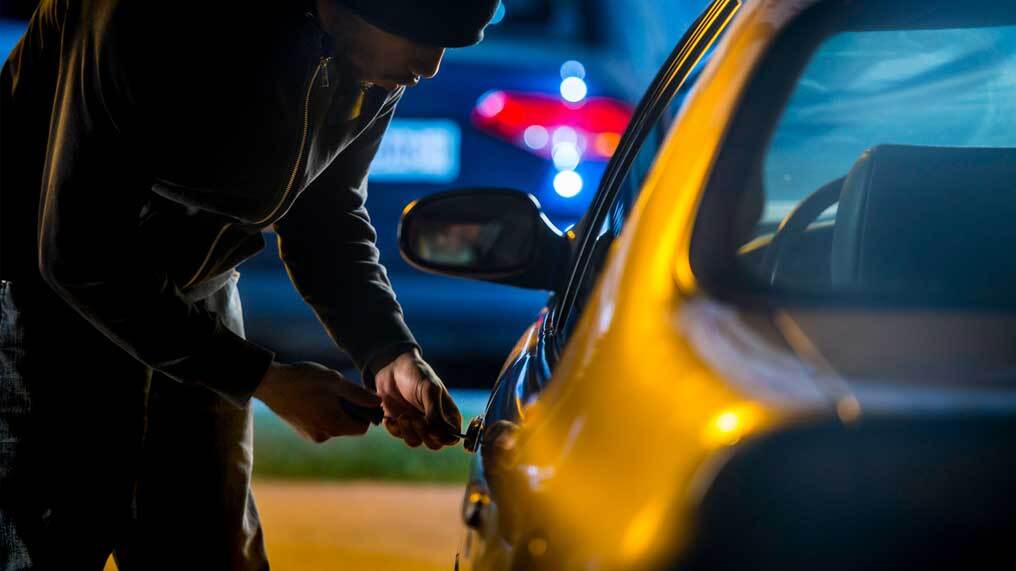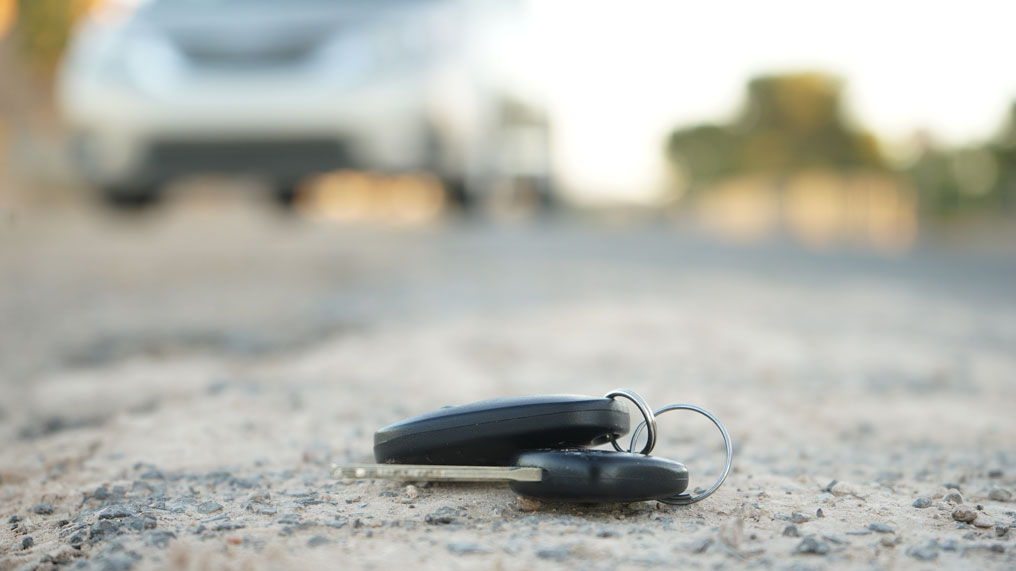It seems like drones, or UAVS (Unmanned Aerial Vehicles), are constantly in the news. Here are seven ways they’re currently helping us make the world safer:
1. Policing
Surveillance, capturing criminals, kidnappings and assessing crime scenes... drones can help police with their work. In California, drones recently helped to arrest a suspect fleeing a casino, and in Michigan drones have been used to assess crash sites.
In hostage situations, micro drones the size of insects could fly undetected into tight spaces to capture footage and 3D scans so the police know what they’re dealing with. Being able to see what’s going on inside a building (without actually going in), could save many lives.
2. Finding lost people
From stranded hikers, lost skiers, missing children or Alzheimer’s sufferers, people go missing with depressing regularity. Drones equipped with cameras and facial recognition software, can help experts find these individuals a lot faster.
Infrared cameras and heat sensors can spot bodies from above, which will further help the rescue services locate a missing person, while other drones can identify man-made trails which further helps pinpoint lost people.
3. Disaster recovery
The areas in the world that are hardest to reach are sometimes the ones most in need of help.
In Nepal in 2015, when an earthquake killed thousands and destroyed huge sections of the country, agencies used drones to map out the destroyed areas, assess damaged homes and help in rescue missions.
And in 2014, drones were used to deliver vaccines and medicine to Papua New Guinea, as well as Rwanda, Bhutan and many other places.
4. Traffic control
Drones fitted with cameras could spot problems with road surfaces, provide updates on traffic flow and accidents, as well as help identify anyone driving dangerously.
In Mumbai, drones have been deployed on a busy six-way road that often sees a lot of heavy traffic. With over 1,400 fatalities since the road was built in 2002, and a lack of police staff to monitor the roads, it’s hoped drones will help keep track of speeders, accidents and danger zones.
5. Landmine hunting
Designer and entrepreneur Massoud Hassani is developing the Mine Kafon Drone. The working prototype is a multicopter that can be equipped with different tools to seek and destroy landmines in a three-step process.
-
It flies over minefields in a grid-pattern and uses a camera to create a 3D map of the area.
-
It goes back over the area at a low level, with a metal detector hanging beneath it. This detects where the mines are buried and notes their locations on a map in the form of GPS waypoints.
-
Finally the drone returns to the mines and deposits explosives on them, which are then remotely detonated.
Hassani says the process will be 20 times faster and far less expensive than traditional methods using humans or dogs, as well as far safer.
6. Road safety - Fleetlights
Direct Line has developed Fleetlights - a technology that uses drones to light the darkest parts of the country.
We know that there are parts of the country that have no streetlights at all, or where cash-strapped councils turn them off at certain times.
The prototype service uses a fleet of torch drones, which respond to an individual’s movement and are controlled using a bespoke app. It’ll track you whether you’re on foot, on a bike or in a car, and guide you to your destination.
At the moment Fleetlights is just a prototype, but it really works. This video explains the technology:
Mark Evans, marketing director at Direct Line Group said: "We felt that streetlights could be much better, especially as the nights draw in. This beta technology has been created to show how a responsive light service could help people to feel safer."
It’s not just about feeling safer, but actually being safer. Better lighting on notoriously dark and dangerous stretches of road can potentially reduce accidents and the need to make a car insurance claim.
7. Workplace safety
Workplace safety is another area that can be revolutionised by using drones
According to the United States Occupational Safety and Health Administration (OSHA), there were 4,386 workers killed on the job in 2014. Of all industries, construction is the most dangerous. One in five deaths that occur on-the-job happen on a building site, with the leading cause of death being falls. Nearly half of all construction deaths involved a worker falling from a high place.
The best way to prevent falls is to keep people on the ground and get drones to do the dirty work.
Drones are already starting to be used to capture images of job sites and access areas with hazardous materials. Plus, building teams throughout the world are using UAVs to inspect dangerous structures, keep better safety records, make models that allow for better planning and communication, and ensure projects stay on track and within budget.
The agriculture and forestry industry is also starting to use drones for similar purposes.
It’s inarguable that UAVs are making the world a safer place. And the fact that drones are revolutionising safety is something to be glad (not mad) about.




